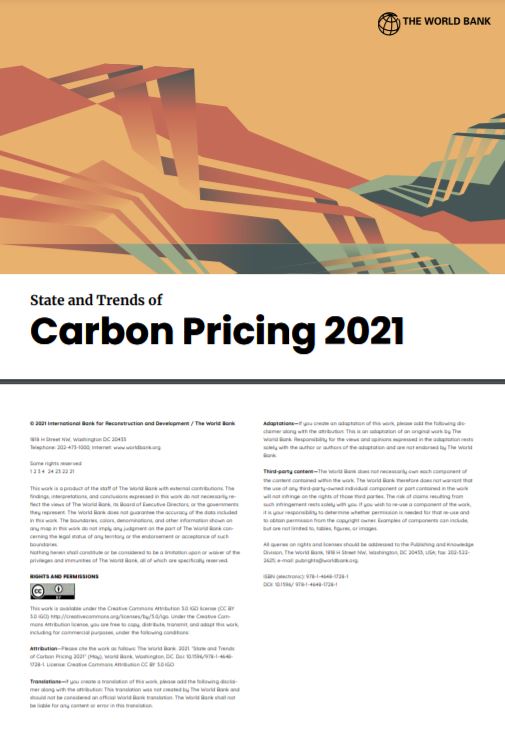Carbon pricing can play a role in incentivizing low-carbon action by internalizing the cost of greenhouse gas emissions. For it to work, it must be sufficiently ambitious, well designed and adapted to the jurisdictional context, and must form part of a supportive policy package. Other policies are needed to drive research and development, unlock non-economic barriers to mitigation and to target emissions reductions with very high abate - ment costs.
Despite the economic and social upheaval of COVID-19, most governments continued rolling out or increasing the ambition of their carbon pricing instruments. • The proliferation of net zero commitments from governments and the private sector is also a positive sign. But they must be backed up by ambitious shortand medium-term action. But what do these net zero commitments mean for the role of carbon pricing and how these instruments will look like in order to reach net zero targets?
This report provides an up-to-date overview of existing and emerging carbon pricing instruments around the world, including international, national and subnational initiatives. It also investigates trends surrounding the development and implementation of carbon pricing instruments and how they could accelerate the delivery of long-term mitigation goals. Specifically, this includes the use of carbon taxes, emissions trading systems and crediting mechanisms. International cooperation on carbon pricing and the status of work surrounding Article 6 of the Paris Agreement is also canvassed.
